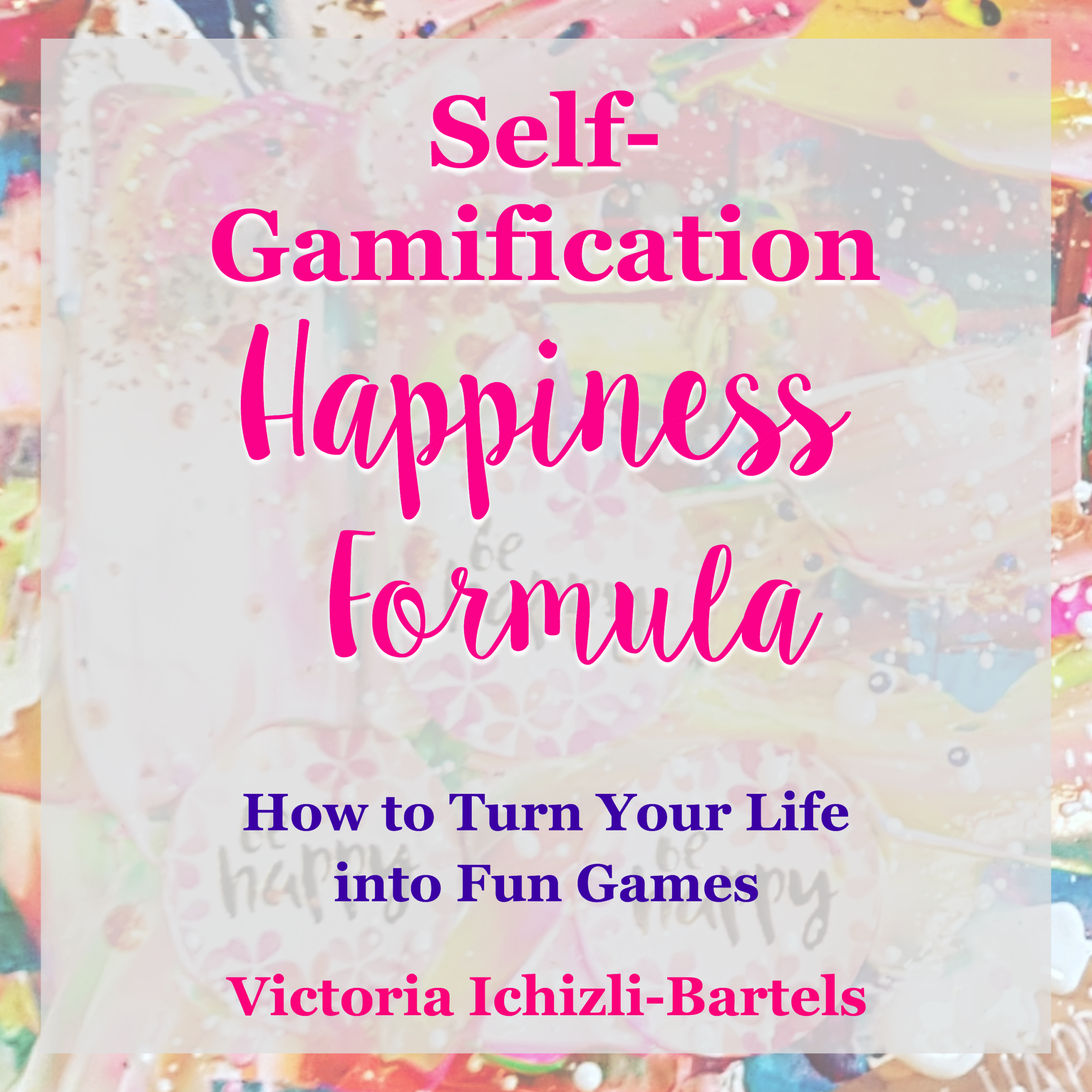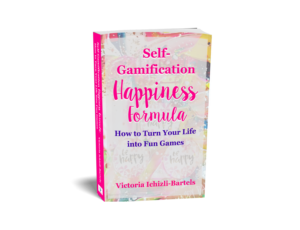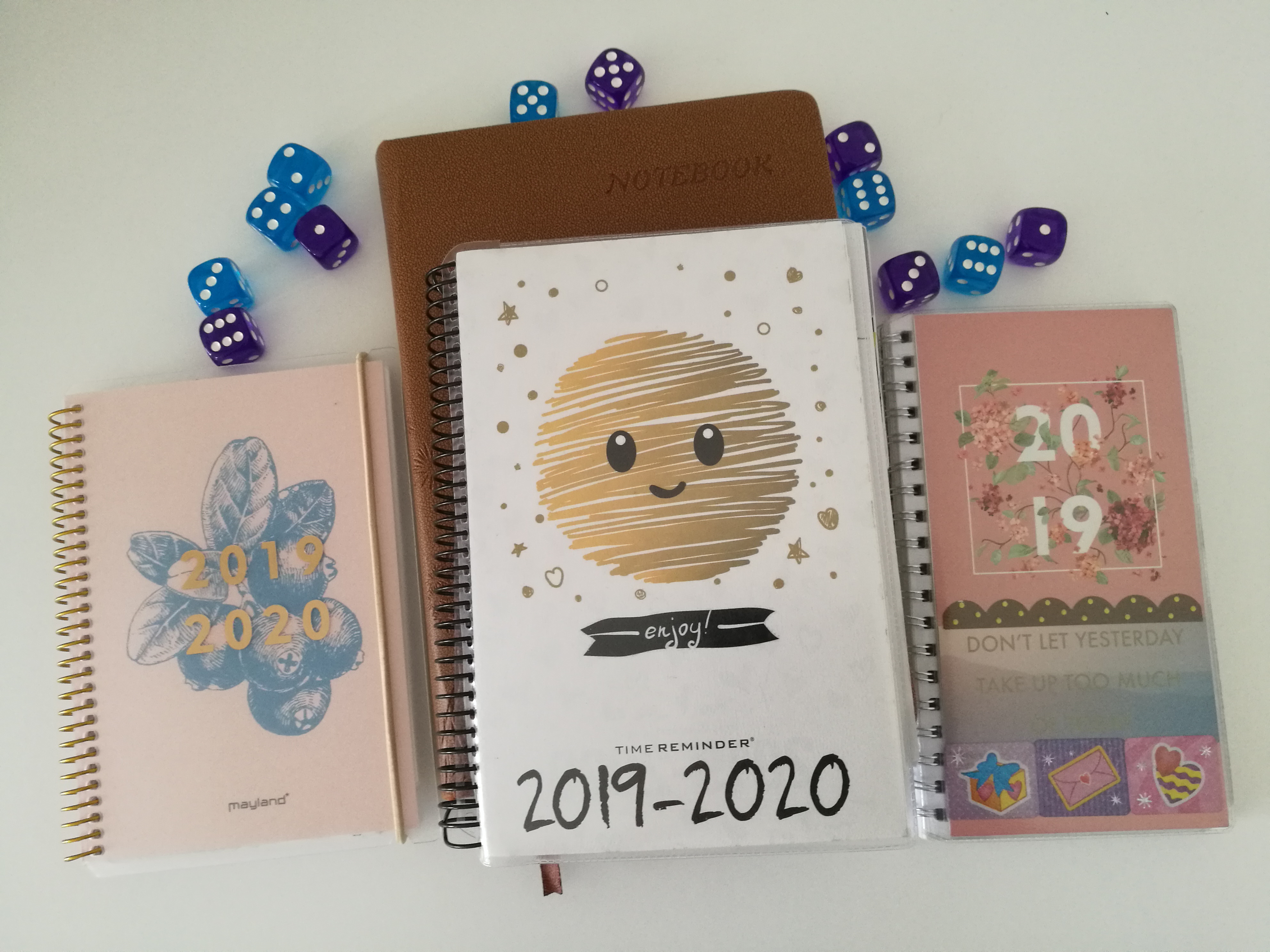Reading time: 7 minutes
Let’s look at the reasons why it makes sense to turn project management, among everything else, into fun games.
The order below feels right to me right now (note: it’s not hierarchical), but you are free to read these reasons in the order that feels most appropriate for you. Each paragraph is a reason for itself. I numbered these reasons for your convenience.
Please note that this list is not exhaustive. Use the space at the end of the chapter to add your possible reasons why Gameful Project Management makes sense.
- Projects are building blocks of our lives. Most of our days have to do with projects, either work or on a personal level. So if we want to make our lives more joyful, then approaching the building blocks of our lives needs to be joyful too.
- Drama falls away in games. If we look at what we want or have to do as a game, then the stakes are not that high, are they? It’s just a game, isn’t it?
- We are less reluctant to start playing a game than say yes to a real-life project.
- We are less critical to ourselves in games. In games, we don’t dwell on bumping a car into a wall if we want to continue playing that game. Instead, we notice what happened, rear back, turn the car around if necessary, and carry on. We can do the same in our real-life “games” (including projects and project management activities).
- We are less afraid to fail in games. In fact, failures in games often are not considered as failures but steps to the win. That is true, especially for game design. All the discarded game designs are rarely regarded as failures. They are scarcely analyzed for why they “failed” at all. They are just the natural steps to that successful game design.
- When you see and treat whatever you are up to as a game, then you can better deal with fear and anxiety. Self-Gamification and its three components can help you to address and bypass fear and anxiety, which are as present in project management as they are in any other activity, in which we want to succeed. The more we want to succeed, the bigger the fear, both failing and succeeding, as well as what people might say in either of these two scenarios. But if what we do is just a game, then the fear diminishes considerably, and we are more willing to try again or try something new.
- And in games, you don’t stay upset for too long. If you do, then you stop playing the game. To continue playing, you need to put your upset aside and focus your attention on the next move in the game. Or to another game. Imagine how much easier real-life projects can become if you proceed with them in the same way. In real-life projects, you can do the same: acknowledge the upset and move on.
- When you don’t spend so much time on upsets and complaints as you did previously, then you save an enormous amount of time. I observed this consistently in many projects, which I turned into games. What happens then is that the projects or tasks are completed with much less effort than anticipated and often before the deadline (or at least on time). So you save also money in the process. And because of the great atmosphere in the project, and better results than expected, you might even get referrals, not only from your customer but also from your customer’s customers — all as the result of awareness, small steps, and gamefulness.
- When we see and treat our projects like games, which we both design and play, then we can stop seeing the challenges the project poses as hardship, but instead something to be addressed with curiosity and creativity.
- You might even become curious about something you resented before. You might observe yourself to be eager to start your work on that project now, just like you couldn’t wait to try out a new (or old but newly rediscovered) toy or a game when you were younger.
- It seems to us to be much easier to be present and give our best so in games. We don’t try to get done with the game if we enjoy it. And if we don’t have fun playing it, we either leave it for another game (or something else) or modify the design so that we enjoy it.
- As a game designer, you feel in control; you can be that in project management too. Because as a game designer of your projects and project management games, you can adjust one or both of the following: the way you approach them and the way you record the progress.
- Game designers are utterly resourceful. And you can be that too, in an instant, if you become aware that you are both the designer (or co-designer) and player (co-player) of your project games. If you consider anything you do as a game, of which you are the designer and the player, then you immediately become resourceful on how to adjust the flow of your work so that it becomes fun for you and all involved. With gameful practice, resourcefulness becomes effortless and extremely fun.
- Empathy is more natural in games, and we judge our partners in games less than partners and customers in projects.
- Turning your life into games allows you to treat yourself as your best (customer) player and at the same time, your favorite game designer, to whom you gladly give your feedback to make your favorite games even better. And when you treat yourself like that, you also treat others with kindness more consistently. The result of that might astound you, but it will not be surprising because people tend to mirror our behavior toward them.
- In games, we don’t resent recording or documenting our progress; in fact, we love it because, with each move of our figurine on a leaderboard, we get closer to winning the game. If you despise writing reports or creating and updating checklists, project (or business) plans, road-maps, and others, then seeing them as your project game feedback system can help. And then modifying these in a fun and creative way will help you put your resentment aside with almost no effort.
- Gameful Project Management enables low-budget, effortless, enlightening, and fun optimization of all facets of your project management. You might frown at this sentence, but this is precisely how the management of your projects and your time can become when you turn them into exciting games and treat yourself as if you were both the designer and the player of your project management games.
- Turning project management into games will not require you to buy a new software system or hire new personnel. Instead, you can concentrate on how you can improve your project management activities with what you already have at your disposal and with little additional effort. With a self-gamified attitude toward project management, you will become aware of what you need for your work (and even life in general) and make conscious decisions on what to do next. You will also acquire skills of gameful resourcefulness and motivation in any of the situations, including tight deadlines when increased motivation is hard to achieve but often needed.
- Games and game design are an endless well for creative solutions for project management. “The design and production of games involves aspects of cognitive psychology, computer science, environmental design, and storytelling, just to name a few. To really understand what games are, you need to see them from all these points of view.” — Will Wright in the foreword to Theory of Fun for Game Design by Raph Koster. So why not tapping into such a multidimensional and fun discipline for inspiration?
- Since games are fun and contain elements that contribute to our happiness, why not approaching all our projects and activities in such a way that they become fun, engaging, and entertaining for us in the same way the games do? If we use fun as the goal, compass, and measuring tool in our projects along with awareness and progressing in small steps, then quality, excellence, success, improvement, productivity, efficiency, and all the other criteria of a successful project and business will come naturally as by-products.
- Any project is already a game; we just might not always see them that way.
If you want to learn more:
Sign up to Optimist Writer’s Blog to follow the Gameful Project Management series.
Check out my coaching and consulting services to work directly with me.
Take a look into my book Self-Gamification Happiness Formula.
Go to this link for the list of all the resources I offer on Self-Gamification.




